 The incorporation of 2D semiconductors in multi-layer, solid-state structures on large scales would allow their integration into functional devices, with exciting potential use in compact, ultra-low energy electronics.
The incorporation of 2D semiconductors in multi-layer, solid-state structures on large scales would allow their integration into functional devices, with exciting potential use in compact, ultra-low energy electronics.
Friday, January 29, 2021
Encasing fragile 2D materials in ultrathin gallium-oxide glass could allow integration into functional low-energy devices
 The incorporation of 2D semiconductors in multi-layer, solid-state structures on large scales would allow their integration into functional devices, with exciting potential use in compact, ultra-low energy electronics.
The incorporation of 2D semiconductors in multi-layer, solid-state structures on large scales would allow their integration into functional devices, with exciting potential use in compact, ultra-low energy electronics.
Scientists observe very slow hot electron cooling in electron-doped quantum dots
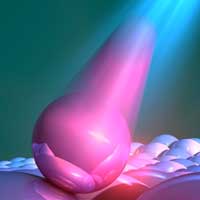 New research results offer exciting opportunities of hot electron harvesting by exploiting carrier-carrier, carrier-phonon and spin-spin interactions in doped quantum dots.
New research results offer exciting opportunities of hot electron harvesting by exploiting carrier-carrier, carrier-phonon and spin-spin interactions in doped quantum dots.
Solvation-driven electrochemical actuation
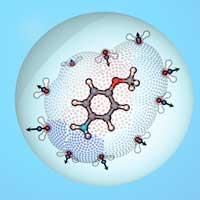 Researchers demonstrated a novel principle of actuation - to transform electrical energy into motion. This actuation mechanism is based on solvation, the interaction between solute and solvent molecules in a solution.
Researchers demonstrated a novel principle of actuation - to transform electrical energy into motion. This actuation mechanism is based on solvation, the interaction between solute and solvent molecules in a solution.
Threads that sense how and when you move
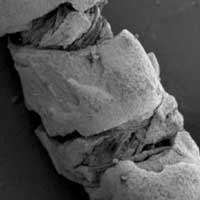 Engineers created thread sensors that can be attached to skin to measure movement in real time, with potential implications for tracking health and performance.
Engineers created thread sensors that can be attached to skin to measure movement in real time, with potential implications for tracking health and performance.
Thursday, January 28, 2021
From heat to spin to electricity: Understanding spin transport in thermoelectric devices
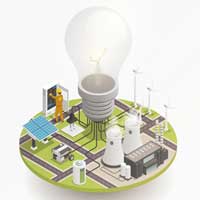 Scientists shed light on how the magnetic properties of 2D interlayers can enhance spin accumulation effects in thermoelectric heterostructures.
Scientists shed light on how the magnetic properties of 2D interlayers can enhance spin accumulation effects in thermoelectric heterostructures.
Researchers create powerful unipolar carbon nanotube muscles
 Electrochemically driven carbon nanotube muscles provide an alternative approach to meet the growing need for fast, powerful, large-stroke artificial muscles for applications ranging from robotics and heart pumps to morphing clothing.
Electrochemically driven carbon nanotube muscles provide an alternative approach to meet the growing need for fast, powerful, large-stroke artificial muscles for applications ranging from robotics and heart pumps to morphing clothing.
Chemists settle battery debate, propel research forward
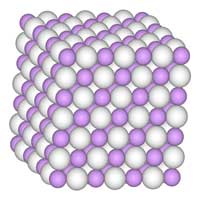 Researchers used ultrabright x-rays to identify lithium hydride and a new form of lithium fluoride in the interphase of lithium metal anodes.
Researchers used ultrabright x-rays to identify lithium hydride and a new form of lithium fluoride in the interphase of lithium metal anodes.
Subscribe to:
Posts (Atom)
